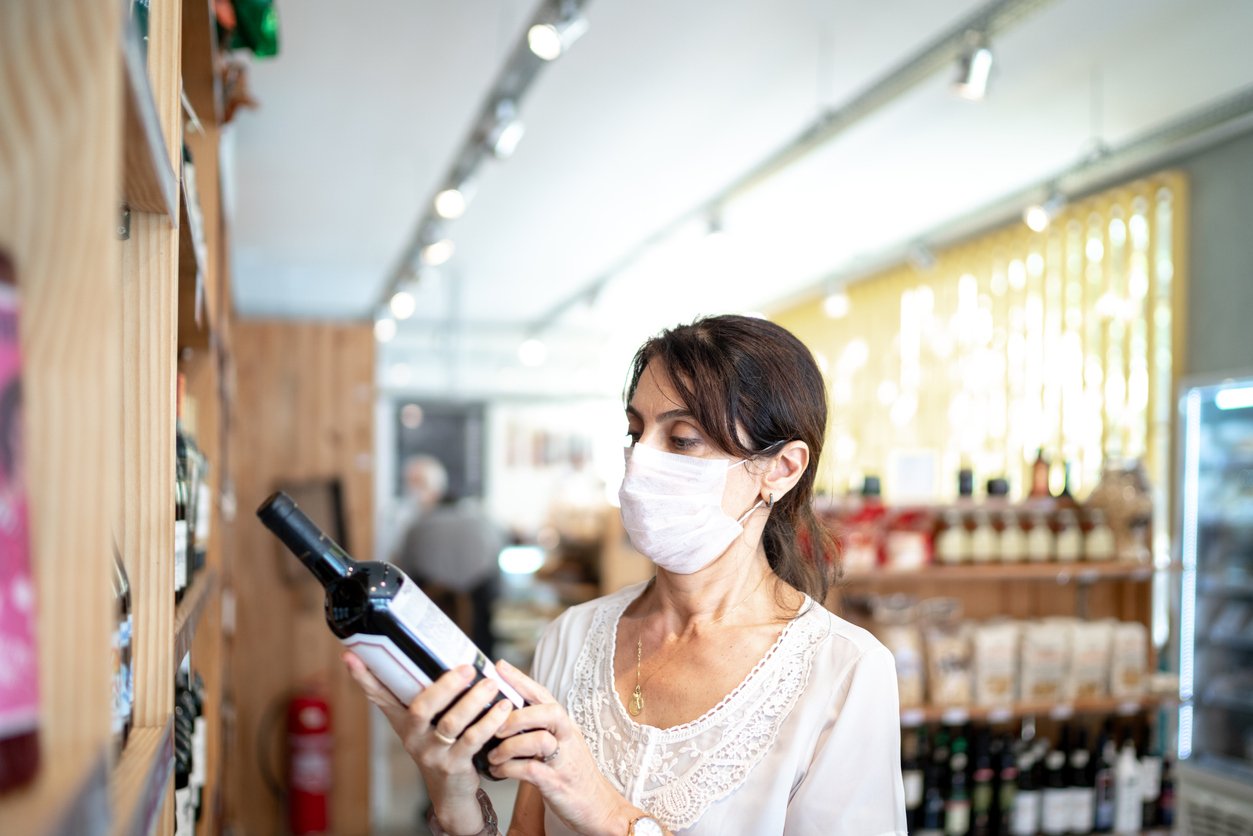COVID-19 caused consumers to adopt new habits—and forced much of the global wine industry to rethink traditional ways of doing business.
To help growers take stock of the pandemic's lasting effects, Jon Moramarco, industry analyst and former president and CEO of Winebow Inc., led a panel discussion for Australian Wine CONNECT assessing imports across three different channels—on-premise, grocery, and e-commerce.
The roster of experts included Helen Mackey, senior VP of Darden Restaurants; Curtis Mann MW, who heads wine, beer, and spirits at Albertsons Companies; and Mike Osborn, founder and executive VP of Wine.com.
The panelists discussed the challenges COVID-19 has posed to the wine and spirits market and predictions for where the industry is headed post-pandemic.
Shifting demographics
Among U.S. wine consumers, millennials' influence is strong. They are more diverse—both in terms of personal background and in lifestyle and taste in wine—when compared to older generations.
Mackey says this creates opportunity in the on-premise channel for experimentation, as there is pent-up demand from millennials to expand their wine repertoire.

“What we’re seeing in the shifting demographics for our business is actually quite energizing, because the boomers have been more reticent to come back to the restaurants. When you think about how millennials drink in the on-premise, 53% of the consumption is in wine.”
With his market focus on the U.S. West Coast, Mann addressed millennial spending habits. “Demographic change is driving business in interesting ways. The younger customers—millennials specifically—are spending more, but they’re buying a little bit less. There’s more exploration going on and people aren’t afraid to spend more money on imported wines,” he says.
Mann emphasized U.S. consumers' craving for authenticity: he says they are more curious about where their wine comes from, how it tastes, and the experience it creates.
Osborn says that reality is reflected in the selection at Wine.com, which at any given time may carry more than 45,000 different wines—making it easier than ever for customers to browse and discover new brands. He notes that import sales continue to outpace domestic sales, with millennials and Gen Z accounting for 44% of their new customer share in 2020.
“Younger customers spend more per bottle. The average selling price of a bottle of wine to our youngest customers was $28.50 compared to $28.20 for Gen X and $25.80 for boomers,” he says.
Role of technology
The panelists agreed that the pandemic had ushered in a new era of wine appreciation among millennials. But, how will technology shape the future of consumption habits?
According to Osborn, mobile is key in catering to younger consumers, which is why Wine.com prioritized content upgrades to its mobile app during the early stages of COVID-19.
While people love the convenience of being able to sift through wine options on their phones, Mackey argued that the on-premise consumer has a different relationship with technology. “People want to connect. They want to put the phones down. They want to stop the QR business on wine lists where they’re scrolling through endlessly on their iPhone to find the Australian wine section,” she says.
To learn more and view a free recording of the event, register at Wine Australia CONNECT.
